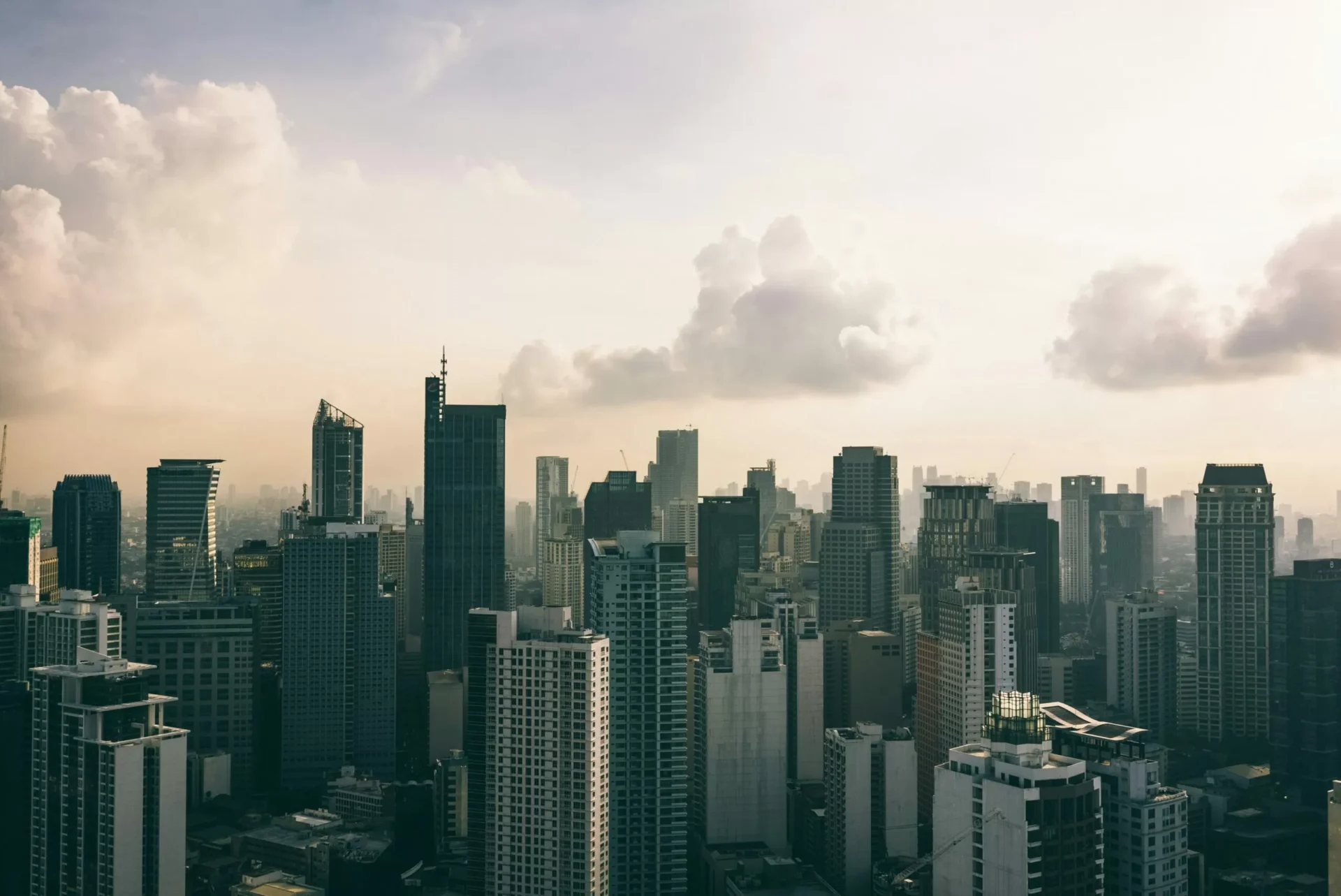In this month’s issue of The Evidence newsletter, Josephine Lethbridge brings attention to an important and often overlooked issue – how city designs can perpetuate and exacerbate gender inequalities. While we often think of cities as hubs of progress and opportunity, the truth is that they are far from being gender-neutral spaces. In fact, the very design of cities can be inherently sexist, creating barriers for women and reinforcing traditional gender roles.
Cities are often seen as symbols of modernity and progress, with their towering skyscrapers and bustling streets. However, this image of progress often masks the underlying gender inequalities that are deeply embedded in the very fabric of our cities. From unequal access to resources and services to the lack of safe and inclusive public spaces, women and girls are constantly navigating a city that is not designed with their needs in mind.
One of the most glaring examples of this is the lack of safe and accessible public transportation. In many cities, public transportation is designed around the needs of male commuters, with little consideration given to the safety and convenience of women. This means that women are often forced to take longer and more expensive routes, or even resort to walking long distances in unsafe areas, just to avoid crowded and potentially dangerous public transportation. This not only limits their mobility but also puts them at risk of harassment and violence.
Another aspect of city design that contributes to gender inequality is the lack of inclusive public spaces. Parks, playgrounds, and other public areas are often designed with a male perspective, making them unwelcoming and even unsafe for women and girls. This not only restricts their access to recreational spaces but also hinders their social and economic opportunities. In contrast, men have more opportunities to socialize and network in these spaces, further perpetuating gender disparities.
Furthermore, the lack of gender-sensitive infrastructure such as public toilets and menstrual hygiene facilities is a major obstacle for women in cities. Many women are forced to hold in their bodily functions or resort to using unhygienic and unsafe alternatives, simply because there are no clean and accessible toilets available. This not only affects their physical health but also their productivity and quality of life.
It is clear that city designs are not gender-neutral, and this has significant consequences for women and girls. However, it is important to note that this is not a problem that is limited to developing countries. Even in the most developed and progressive cities, gender inequalities persist in the design of public spaces and infrastructure.
So, what can be done to address these issues and create more gender-inclusive cities? First and foremost, there needs to be a shift in mindset and a recognition of the fact that gender is a crucial factor in city planning and design. This means involving women and marginalized groups in decision-making processes and incorporating their perspectives and needs into city designs.
Moreover, there needs to be greater investment in gender-sensitive infrastructure such as public toilets, safe public transportation, and inclusive public spaces. This not only benefits women and girls but also contributes to the overall well-being and livability of a city.
Governments and city planners also need to prioritize safety and security for women and girls in city designs. This can be achieved through measures such as well-lit streets, CCTV cameras, and increased police presence in public spaces. Additionally, there needs to be a zero-tolerance policy towards harassment and violence against women in public spaces, with strict penalties for perpetrators.
Finally, it is essential to raise awareness and educate communities about the importance of gender-inclusive city designs. This can be achieved through campaigns and initiatives that highlight the impact of gender inequality on city life and advocate for more inclusive designs.
In conclusion, it is undeniable that cities can be sexist, but it is also important to recognize that they have the potential to be catalysts for gender equality. By acknowledging and addressing the gender biases in city designs, we can create more inclusive, safe, and empowering spaces for all individuals. It is time to reimagine our cities as spaces that work for everyone, regardless of their gender.

